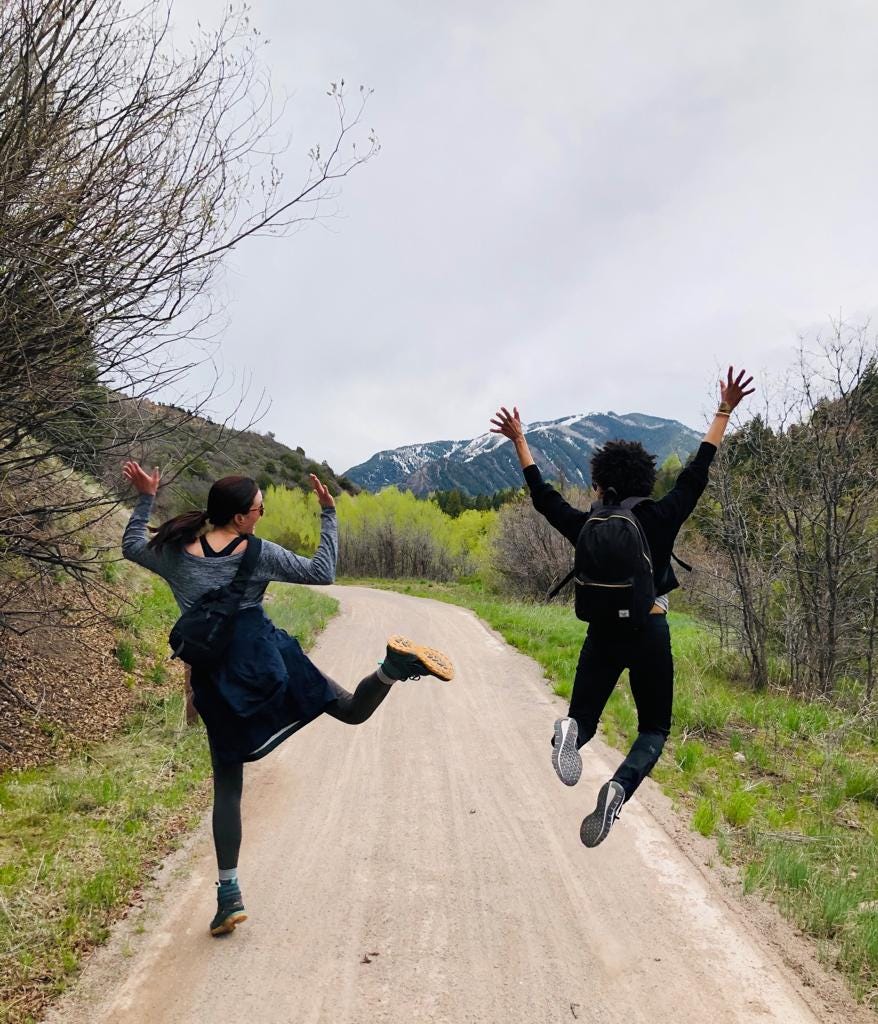Does the climate movement need a makeover?
Environmental advocates Ayana Elizabeth Johnson and Katharine Wilkinson on why saving the planet requires less guilting and more galvanizing, less emailing and more organizing, less doom and more joy
Today, on the first anniversary of the publication of The Ink, I bring you an interview with the climate activists and thinkers Drs. Ayana Elizabeth Johnson and Katharine Wilkinson, who make plain how dire the climate crisis is and who argue, at the same time, that the climate cause needs a hope makeover, summoning people into a life-giving project rath…



